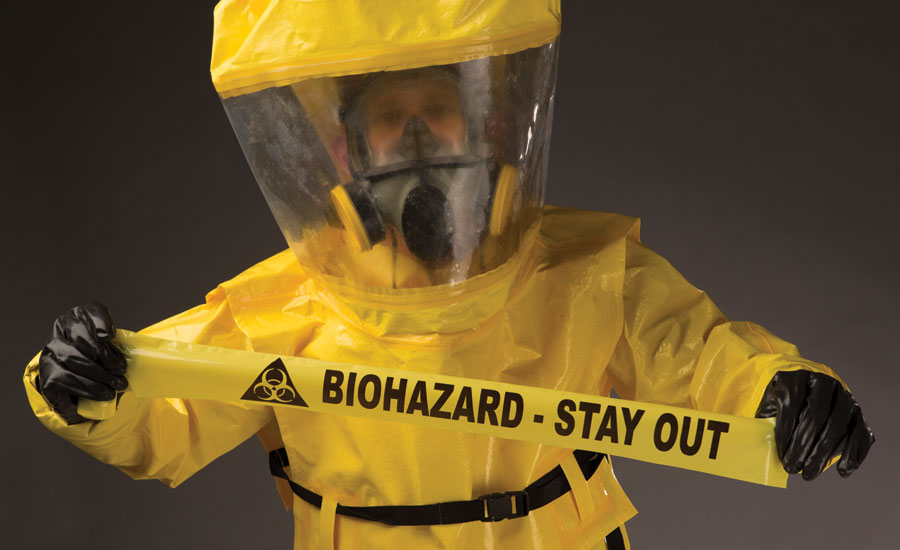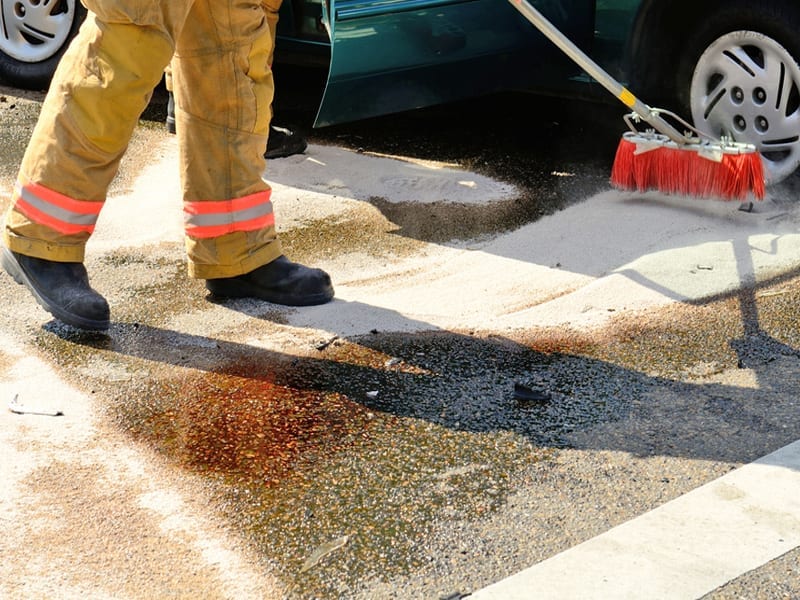Professional Blood Cleanup: Guaranteeing Safe and Thorough Purification
Professional Blood Cleanup: Guaranteeing Safe and Thorough Purification
Blog Article
Expert Biohazard Cleaning and Purification for Blood, Bodily Fluids, and Hazardous Materials
The prospective wellness dangers linked with direct exposure to biohazards underscore the essential need for meticulous handling and detailed cleanup. As we browse the intricate landscape of biohazard clean-up, understanding the nuances of regulations, compliance, and the customized equipment at play comes to be necessary in guaranteeing a detailed and safe decontamination procedure.
Wellness Dangers of Biohazard Direct Exposure
Exposure to biohazards positions considerable wellness threats that can result in severe repercussions for people and areas alike. Biohazards encompass a large range of organic substances, including blood, bodily liquids, mold and mildew, microorganisms, viruses, and various other potentially infectious materials. When individuals enter into call with these biohazards, whether through crashes, incorrect handling, or environmental direct exposure, they encounter the threat of contracting major diseases or illness.
Among the main health risks connected with biohazard direct exposure is the transmission of infectious diseases. Bloodborne virus such as HIV, liver disease B and C, and numerous germs can be existing in biohazardous materials, posturing a direct danger to human wellness. Inhaling air-borne biohazards like mold and mildew spores or coming right into call with contaminated surface areas can additionally bring about breathing problems, allergic reactions, and other negative wellness effects.
Moreover, biohazard exposure can have long-term wellness ramifications, with some diseases materializing years after the preliminary contact (Blood Cleanup). As a result, it is vital to focus on appropriate biohazard cleansing and purification to mitigate these health threats and ensure the safety of areas and individuals

Specialized Training for Biohazard Cleanup
When it comes to managing biohazard clean-up successfully and safely, specialized training plays a fundamental role in guaranteeing proper decontamination treatments are adhered to. Biohazard cleanup calls for particular expertise and skills to effectively reduce dangers related to bloodborne pathogens, bodily liquids, and hazardous products. Professionals trained in biohazard clean-up go through strenuous guideline on just how to securely handle, eliminate, and dispose of biohazardous materials to stop contamination and direct exposure.
Specialized training for biohazard cleanup covers a variety of vital topics, including appropriate personal protective devices (PPE) usage, bloodborne microorganism understanding, purification methods, and contaminated materials disposal procedures. Individuals trained in biohazard cleanup are furnished with the needed experience to analyze contamination degrees, recognize potential hazards, and implement appropriate cleaning treatments in compliance with regulatory standards.
Constant training and education are paramount in the area of biohazard clean-up to stay updated on the most up to date purification modern technologies, security procedures, and regulations. By buying specialized training, biohazard clean-up professionals can effectively react to emergency cleaning circumstances and protect both public health and the environment.
Relevance of Appropriate Decontamination Strategies
Using proper purification methods is important in biohazard cleanup to efficiently minimize and eliminate dangerous products wellness risks. Reliable decontamination not just guarantees the elimination of visible traces of blood, physical fluids, and other biohazards but see this additionally targets invisible microorganisms that may present serious health and wellness threats if not effectively eliminated. By adhering to strict purification methods, trained specialists can considerably lower the risk of direct exposure to dangerous bacteria, infections, and microorganisms that could cause diseases or infections.
Correct purification techniques include the usage of specialized tools and disinfectants that are particularly made to neutralize biohazards successfully. Complete cleaning and sanitation of infected areas are vital to protect against the spread of pathogens and guarantee a risk-free setting for occupants. Additionally, the appropriate disposal of biohazardous waste complying with purification treatments is essential in avoiding contamination of other surface areas or people.

Equipment and Devices for Safe Cleaning
When dealing with blood, physical fluids, or harmful materials, biohazard cleaning specialists rely on specialized gear to decrease exposure threats and thoroughly decontaminate the afflicted area. In addition, biohazard cleaning sets having disinfectants, absorbing materials, and biohazard bags are utilized to securely have and dispose of infected items.
Advanced cleaning tools like hospital-grade anti-bacterials, HEPA-filtered vacuums, and fogging devices are used to sanitize surfaces and eliminate biohazards properly. Specialized equipment such as sharps containers and biohazard waste disposal containers are utilized to safely handle sharp things and biohazardous waste products. By making use of the right equipment and tools, biohazard cleaning experts can ensure a comprehensive clean-up process that focuses on safety and reduces health dangers for both workers and residents of the afflicted area.
Laws and Compliance in Biohazard Cleaning
Appropriate adherence to policies and compliance requirements is paramount in biohazard cleaning to guarantee the security of both workers and the environment. Government agencies such as Click Here OSHA (Occupational Safety and Health Administration) and the EPA (Epa) have actually developed certain guidelines for biohazard clean-up procedures to reduce health threats and ecological contamination. These regulations cover a series of facets consisting of the handling, transport, and disposal of biohazardous materials, as well as the necessary training and safety tools needed for employees involved in the cleanup process.
Biohazard cleaning companies need to remain up-to-date with these guidelines to ensure that their operations satisfy the called for safety and security criteria. Failing to adhere to these guidelines can lead to extreme effects, consisting of fines, lawsuit, and jeopardizing the health and wellness of individuals and the setting. By following rigorous guidelines and compliance steps, biohazard cleaning firms can efficiently minimize dangers and guarantee a extensive and secure clean-up procedure for all celebrations entailed.
Verdict
Finally, biohazard cleansing and decontamination need customized training, proper strategies, and adherence to regulations. Exposure to blood, physical fluids, and harmful products poses considerable wellness dangers, making it essential to utilize the appropriate devices and devices for safe clean-up. By adhering to strict procedures and standards, specialists can efficiently minimize the dangers related to biohazard direct exposure and guarantee the safety and security of both themselves and others.
As we navigate the elaborate landscape of biohazard clean-up, recognizing the nuances of policies, conformity, and the customized equipment at play ends up being important in making sure a secure and thorough decontamination procedure. (Blood Cleanup)
When it comes to taking care of biohazard clean-up successfully and securely, specialized training plays a basic duty biohazard clean up after death near me in ensuring proper decontamination treatments are complied with.Utilizing correct decontamination techniques is critical in biohazard cleanup to effectively decrease and remove harmful materials wellness threats. Furthermore, biohazard cleansing sets having anti-bacterials, absorptive materials, and biohazard bags are used to securely consist of and dispose of infected products.
Government companies such as OSHA (Occupational Security and Health And Wellness Administration) and the EPA (Environmental Defense Company) have developed certain guidelines for biohazard cleaning treatments to reduce health threats and environmental contamination.
Report this page